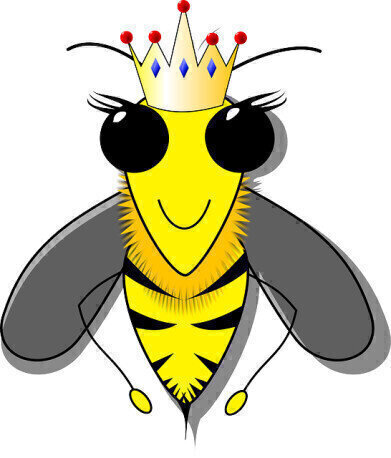HPLC, UHPLC
When Does a Bee Become a Queen or Worker? HPLC Investigates
Sep 15 2015
Researchers have shown that diet plays a key role in what bee larvae develop into and that it is epigenetics rather than genotype determine who becomes a queen. This is useful as it helps us not only to understand bees, but humans too — and that environmental factors like diet can play a role in how genes work.
Bee society
Beehives are highly regulated with each bee — or type of bee — knowing its role. Each hive has one fertile queen who can lay several thousand eggs each day, with the rest of the bees keeping her and her progeny safe.
Unfertilized eggs become male drones, who role is to mate with queen’s from other hives to help pass on the queen’s genes. Fertilized eggs become workers or queens.
Worker bees have different roles, they can be nursery workers who care for the larvae and queen or foragers which collect pollen, nectar and water for the hive. But worker bees and queen bees share identical genetic material — they have the same DNA. So what is it they determines whether a bee is a queen or a worker?
Food fit for a queen
For the first three days of its life, a larva is fed pure royal jelly — a glandular secretion from nurse bees. After three days future queens continue to be fed pure royal jelly, while the remaining larvae — destined to become sterile worker bees — have honey and beebread added to their diet.
Previous work has shown this dietary change determines the fate of the larvae by causing a change in the way different genes are expressed — a process known as epigenetics — but have focussed on the constituents of royal jelly. But in a study, ‘A dietary phytochemical alters caste-associated gene expression in honey bees’ — published online in Science Advances — a team looked at the effect of phytochemicals in honey and beebread fed to the larvae fated to become worker bees.
Chromatography plays its part
The hypothesis the research tested was ‘that ingestion of plant-derived phenolics plays an essential role in determining female larval developmental pathways in A. mellifera.’ The phytochemical they looked at was p-coumaric acid — a chiral chemical known to regulate genes in bees.
Using HPLC, the team first analysed the p-coumaric acid content of pollen, honey and beebread, and using the results of the analysis fed larvae royal jelly or royal jelly with p-coumaric acid. They were able to show that the acid activated genes and that bees fed on jelly with added acid had less well developed ovaries. Honey and beebread’s contain many phytochemicals, so although the team have shown the effect of p-coumaric acid on bee’s genes, other phytochemicals might have a similar effect.
p-coumaric acid is a chiral compound, and method development for chiral compounds can be time consuming. A recent article, Automated Development of Reversed-Phase HPLC Methods For Separation of Chiral Compounds discussed a potentially time saving solution.
Image from pixabay
Digital Edition
Chromatography Today - Buyers' Guide 2022
October 2023
In This Edition Modern & Practical Applications - Accelerating ADC Development with Mass Spectrometry - Implementing High-Resolution Ion Mobility into Peptide Mapping Workflows Chromatogr...
View all digital editions
Events
Apr 23 2024 Kintex, South Korea
Apr 23 2024 Seoul, South Korea
Apr 28 2024 Montreal, Quebec, Canada
May 05 2024 Seville, Spain
May 15 2024 Birmingham, UK














